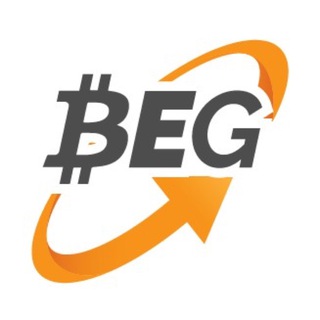The Federal Reserve Bank of Cleveland released a paper on Wednesday demonstrating “a significant and robust link between the economic impact payments (EIP) paid to US citizens and residents in spring 2020, and the Bitcoin market.” These EIPs had a 3.8% increase in the volume of BTC/USD buy trading volume between April 9 and June 5, 2020, it said. This effect is seen as “significant but modest.” Additionally, an estimated only 0.02 percent of all EIP dollars were spent on BTC, “suggesting that policymakers should not be concerned about money being diverted to cryptocurrency markets when considering similar economic relief programs in the future.” According to the paper, people interested in Bitcoin are more likely to be male, white, single, computer literate, and earn a higher income. And Bitcoin (BTC) investing is “very heterogeneous,” with only a few choosing to invest the entire amount.
“We find no evidence that EIP recipients with families, nor people who received unemployment insurance, use the money to buy Bitcoin.”
On running a quasi-natural experiment, the study also found that the same results hold in Japan, Singapore, and South Korea, which introduced similar programs but not in countries with no such programs. The COVID-19 crisis basically impacted different people in different ways and while unemployment rose dramatically, so did the savings rate. The US government sent EIPs of $1,200, characterized as wealth shock, directly to households to address the pandemic. Here, retail traders are taken as individuals who trade on their personal accounts, which have become important drivers of financial markets in recent years. While the Fed didn't understand the “causes and consequences of retail trading in these new markets,” it noted that this interest was driven by the internet and social media and exacerbated by the circumstances of the COVID-19 pandemic. The Fed decided to study the effect of this wealth shock on the Bitcoin market across 26 exchanges after Coinbase, Binance, and other exchanges reported a surge in Bitcoin transactions for $1,200. The effect was seen strongest on exchanges with a higher volume of low-value trades. Those EIP recipients who did not need the money to replace lost income or pay down debts may have chosen to invest it in Bitcoin, it said. As such, the effect is limited to younger, single people. As for why Bitcoin might have been preferred as an alternative investment vehicle, significant turmoil in financial markets in March 2020, economic effects of the pandemic having a less severe effect on those with the highest propensity to buy Bitcoin, and Bitcoin halving in May 2020 may have increased Bitcoin’s appeal, said the Fed.
 bitcoinexchangeguide.com
bitcoinexchangeguide.com